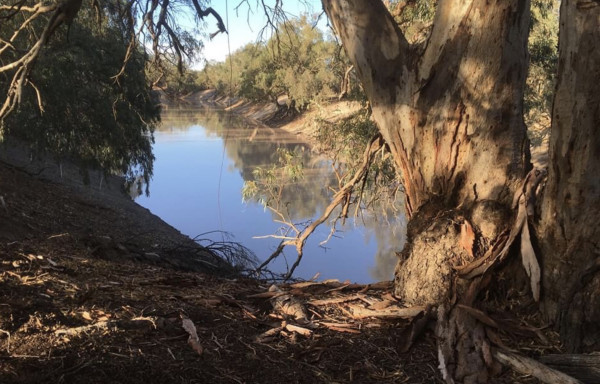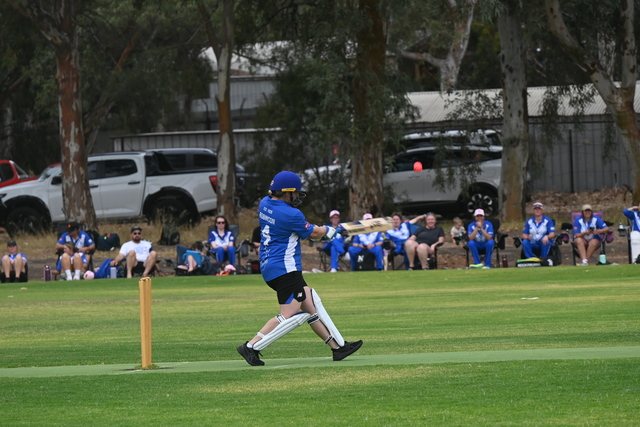THE new water sharing plan for the Barwon-Darling won’t help unless new plans are implemented to create more flows down the Darling.
The State Government recently announced an extension on the public exhibition of draft water sharing plans for communities to have their say.
NSW Floodplain Association member Graeme McGrabb said the Barwon Darling water sharing plan needs to take the Connectivity Expert Panel Final report into consideration.
“There needs to be serious changes,” he said.
“If the findings from the Connectivity report aren’t included – there will won’t be enough flows.
“There have been three independent reviews – they all recommend high flows to the Darling.
“But they’re not included in the current water sharing plan. It is only going to be more of the same.
“I know it’s very political and it will be hard to reduce extraction to the Northern Basin.
“The government will receive pushback from the irrigators.”
The panel wrote in their report to Water Minister Rose Jackson that “this review has reinforced for all of us what a complex and contentious issue connectivity across the Northern Basin is, as well as how urgently improved solutions need to be implemented”.
“The evidence that reduced connectivity is having severe impacts on ecosystem health and downstream communities is undeniable,” they stated. “It is clear that despite the many efforts to assess connectivity in the past, insufficient progress has been made in improving connectivity outcomes.”
There are many definitions of connectivity including longitudinal, lateral (floodplain) and vertical (surface to groundwater) connectivity. Given the scope of the Terms of Reference, the Panel agreed to focus on longitudinal connectivity within the Northern Basin – that is, ensuring connectivity from the northern tributaries through the Barwon-Darling down to Menindee Lakes.
“We recognise the importance of other forms of connectivity and encourage those to be investigated further where needed,” the panel reported.
“River connectivity plays a crucial role in maintaining the health and functionality of aquatic ecosystems and supporting socio-economic activities and communities reliant on water resources. It is essential for the health of First Peoples and their ability to sustain their traditional life, languages, cultures and knowledge.”
The proposed changes the panel came up with include keeping the system wetter more often and not allowing it to get so dry any flows are soaked into the riverbed.
“The Panel recognises that in varying climatic conditions, different management approaches and targets are necessary,” it stated. “We have focused our recommendations on trying to maintain adequate connectivity during non-dry times, when water is more readily available, to keep the system wetter more often and rebuild the resilience of the system so that it can tolerate dry times better.
”This will become more and more critical given climate change predictions. We have identified a subset of environmental water requirements from the Long-Term Water Plans that are related to ecosystem function and intended to provide for connectivity as
representing critical needs for connectivity downstream.
“These include providing baseflows, and occasional small and large freshes, which we feel should be met during non-dry times.”
Implementation of the Panel’s proposed rules would impact on upstream extraction.
The modelling results indicate that Panel’s proposed baseflow and resumption of flow rules combined reduce annual diversions on average by approximately 4 per cent across the Northern Basin, with around a 6 per cent impact in the three upper valleys
Mr McCrabb said there was no point having a connectivity report unless changes came out of it.
“It sounds good to announce a report, but they are just s** at implementing it,” he said.
“It’s beyond community expressing views, scientists have agreed with what we have been saying.
“And they are still not implementing those changes.
“The scientific data backs what we are saying.
“Why sit back and do nothing? It is just much of the same.”
Mr McCrabb said some small flows will help stave off fish kills during summer.
“We are lucky we have received some inflows, otherwise we would have been well on track for another lot of fish kills in January or February next year,” he said.







